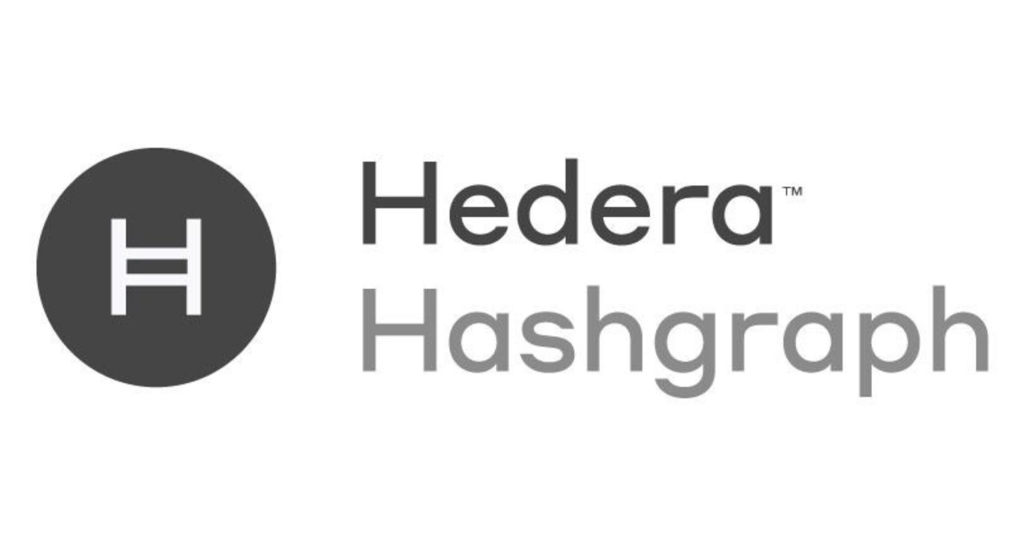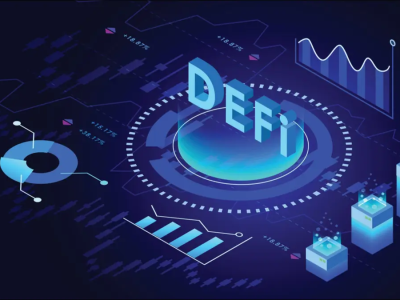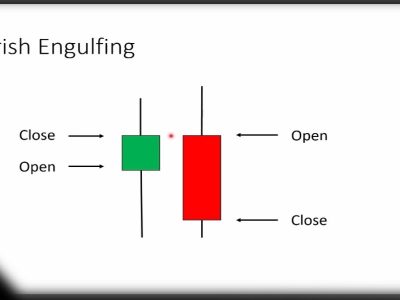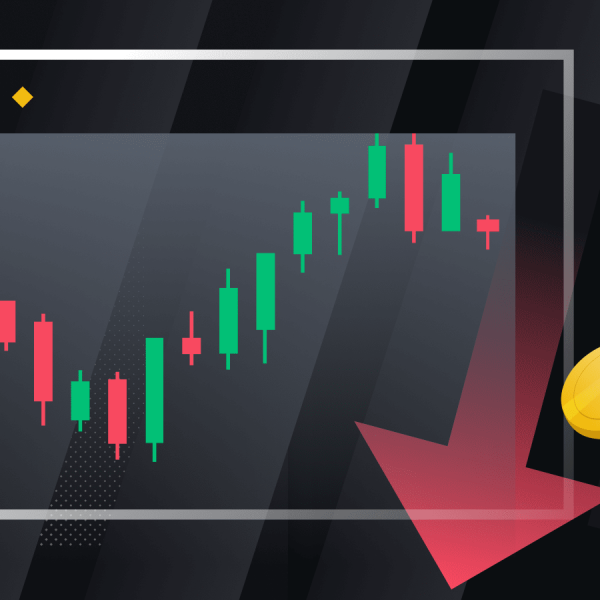The open source hashgraph distributed consensus method was created by Dr. Leemon Baird, co-founder and chief scientist of Hedera, and is the foundation of the proof-of-stake public network. A single shard of the hashgraph consensus algorithm can execute hundreds of thousands of transactions per second because to its nearly perfect bandwidth efficiency (a fully connected, peer-to-peer mesh of nodes in a network).
The community of nodes running hashgraph agree on which transactions to add to the ledger as a whole, in contrast to a standard proof-of-work blockchain that chooses one miner to choose the next block. The hashgraph network reaches agreement on each transaction’s authenticity and consensus timestamp using virtual voting and talk-about-voting. The ledger’s state will unquestionably be changed to reflect the transaction if it is valid and made within the required window of time.
You can aslo read: Why is Ecomi price dropping?
Consensus requirements in blockchain demand that blocks eventually coalesce into a single, longest chain that is accepted by the community. The network nodes will eventually select one chain to carry on and discard the other if two blocks are created simultaneously, preventing the blockchain from “forking” into two distinct chains. It is comparable to a tree that is expanding and is continually having all but one of its branches removed.
Hashgraph is more effective than blockchains since every container of transactions is added to the ledger. All of the branches are intertwined into a single whole and continue to exist eternally. Furthermore, if the new containers come too quickly, blockchain fails because new branches grow more quickly than they can be pruned. Blockchain requires proof-of-work or some other technique to artificially halt the growth for this reason. Nothing is wasted when creating a hashgraph.
What is hedera hashgraph?
Hedera Hashgraph is a public network powered by hashgraph technology, an algorithm created and patented in 2016. It is seen as a more effective alternative to blockchain. The Hedera ecosystem’s goal is to offer a swift, business-grade public blockchain network.
All of the benefits of the blockchain are promised by the hashgraph technology, but without the disadvantage of slow transaction speeds. The creators of Hedera assert that this method outperforms blockchain technology in terms of speed, cost, and “greenness” without compromising security.
Although Hedera uses distributed ledger technology (DLT), unlike other cryptocurrency projects, it is distinct in that the ledger structure is a hashgraph consensus rather than a blockchain. The hashgraph consensus uses a Directed Acyclic Graph (DAG) instead of a clear chain of blocks (blockchain), which records data in a non-linear manner without a clear chain of blocks. Several cryptocurrencies already use DAG as their foundation, including IOTA, Byteball, and Tangle.

Network users (nodes) using hashgraph technology will only exchange transaction data, not all other network information. Additionally, hashes rather than blocks are used to hold the data. As a result, everything proceeds much more quickly than in the blockchain.
The goal of Hedera is to offer DApps an enterprise-grade, scalable network infrastructure, with use cases spanning from gaming to fraud detection. Three items are available on the platform for now: a coin, smart contracts, and file storage. After passing the KYC test, any user can open an account, construct DApps based on the Hedera Hashgraph, and create accounts on the network.
The network can confirm transactions in as little as three seconds and can handle up to 10,000 transactions per second. Although the announced speeds will gradually grow and the average transaction price will be $0.0001, the throughput of smart contracts and file storage is now up to 10 transactions per second. Furthermore, it has already served as the foundation for more than 30 apps.
Is Hedera Hashgraph a good investment?
The quick response is “yes”! Our price prediction for the Hedera Hashgraph indicates that it is a wise investment. After experiencing a 125% increase in the first month of 2023, HBAR has recently demonstrated very great potential, and now would be a good time to jump in and make an investment.
Does Hedera Hashgraph have a future?
You should be wary of any predictions about the price of cryptocurrencies. That contains the price forecast for the HBAR. For any specific projections to be made, the cryptocurrency market is simply too unstable and the business is too unpredictable. Nevertheless, it is still possible to make some educated guesses about the potential of each coin or token.
How low will they sink or how high they rise? Even while everything is conceivable, we do not believe that the price of the Hedera Hashgraph will likely hit $100 anytime soon. This cryptocurrency still has a few promising long-term potential, though.
What is Hedera Hashgraph used for?
The native cryptocurrency of the open Hedera network, HBAR, is energy-efficient. By using proof-of-stake to deter attacks, Hbars is used to pay application transaction fees and secure the network.
Hbars are used by developers to pay for network services such hbar transfers, the creation of fungible and non-fungible tokens, the use of smart contracts, and data recording. Hbars are used to pay fees that reimburse validator nodes for bandwidth, compute, and storage for each transaction sent to the network.
Is hashgraph better than blockchain?
Similar technologies that are used to store transactional data include blockchain and hashgraph. Distributed ledger technologies are both used. Hashgraph, however, has a number of benefits above conventional blockchain technology. It provides better scalability and is faster, safer, and more secure. Due to its sophisticated data structure, which can handle up to 10,000 transactions per second, transaction speed may be substantially faster.
Hedera hashgraph price prediction in 2023
For the year 2023, Hedera hashgraph price predictions indicate that the cryptocurrency coin will trade in a range between $0.11 and $0.15, with the former representing the minimum and the latter representing the maximum. Hedera Hashgraph is projected to trade on average for $0.13 at the same moment.
In conclusion
Hedera is starting off at open access in the upper left quadrant as a public permissioned network; the members of the Hedera Governing Council who have been invited to join will operate the network’s nodes. Hedera will relax permissions as performance, security, stability, and incentives of the network mature and expand the entities and people who can operate nodes.
As soon as the Hedera network is fully open and permissionless, anyone or any organization can run a node anonymously and receive payment in the form of HBAR money for supporting network functioning. Hedera will proceed in this manner, assuring security at each step of the way, in order to completely achieve its goal of being the most decentralized public permissionless ledger available.











